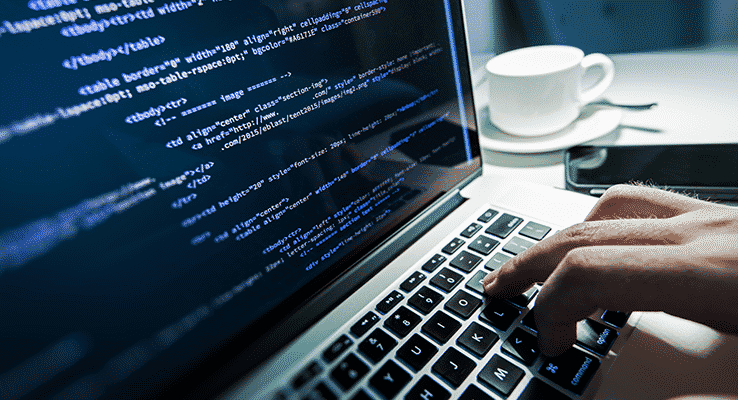
Security is more than a buzzword when your company’s data is at risk. No company can afford to expose sensitive internal data and client information to unauthorized personnel who would use that information illegally. With the tremendous growth in attacks over the recent months threat intelligence has become increasingly important, and network administrators have gone to great lengths to protect company data. However, the majority of network administrators can reduce the risks their companies face by following some basic steps. Here are just a few of the many ways network maintenance reduces threats.
Understanding the Threats
Before it’s possible to protect a network from various threats, everyone involved must understand, to one degree or another, what those threats are. Most network administrators keep up to date with threat trends, but not all take the time to relay even basic threat prevention strategies to device users. It’s difficult to provide comprehensive protection unless all the players are aware of how their use contributes to or reduces threats. A vital part of network maintenance is informing users at all levels of the various risks they are routinely exposed to.
Develop and Enforce Policies
While networks will vary depending on the type of industry, the number of users, and the level of exposure to outside threats, it’s always important to develop and implement policies designed to protect the network and the company’s data. At the same time, threat intelligence tools must be in place to protect the network from intrusions resulting in data loss and downtime. Remember that threats to a network evolve over time, which suggests all network maintenance and security protocols must evolve as well.
Internal and External Controls
Network maintenance is routinely controlled in-house for larger organizations and even some smaller companies. Part of network maintenance generally dealt with in-house is verifying security configurations and login functions, but it’s also vitally important to understand where all devices are and who has access to them. Today, many network maintenance functions are also dealt with remotely, especially for software issues and related hardware problems. The mix of onsite and offsite administration and network maintenance will depend on a specific organization’s short- and long-term objectives.
Network Access for Personnel
Far too often, login credentials are out of date. That means some personnel may have access to areas with data they don’t need. Conversely, other personnel lack access to information they must have to perform their duties. Neither of those instances should happen when a network is properly maintained. Administrators must review employee credentials frequently to ensure everyone has the access they need to perform their jobs but not to sensitive data they don’t need to see.
Moving Forward
Regardless of where your organization is today, the important thing is to make sure it’s where it needs to be tomorrow. That may mean minor updates to current systems or installing new threat intelligence tools to ensure a company’s data is not at risk. If you’re unsure how to proceed or need information on innovative ways to protect your organization, now is the time to contact an expert for advice.


